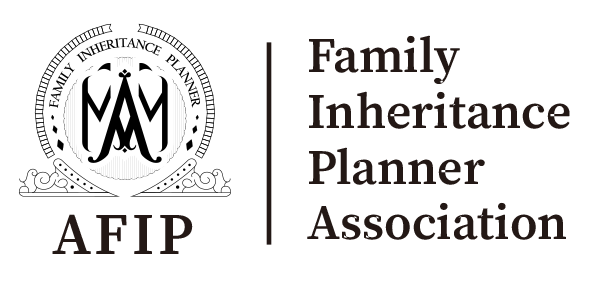I. From “Wealth Management” to “Wealth Governance”
In traditional thinking, wealth management focuses on investment returns and asset allocation.
But in the new era, the real challenge is not how to make money, but how to govern it.
Wealth governance represents a higher level of thinking —
it is not only the management of assets, but the establishment of order through values;
not just about numbers, but about direction.
It does not ask “Where is the money?”
but rather “For whom is the money kept, why is it used, and how will it endure?”
Wealth without governance is energy without direction;
Assets without order will eventually become a burden to the family.
II. The Three Core Dimensions of Wealth Governance
Modern family offices and high-net-worth families operate around three strategic dimensions of governance:
1) Structural Governance
Replacing personality with system, and emotion with structure.
- Trusts and Holding Companies: Establish ownership order and a firewall for family assets.
- Family Constitution and Decision Framework: Define distribution principles, investment authorization, and dividend policies.
- Governance Mechanisms: Create a three-tier balance through a board of directors, family council, and general family meetings.
Structure is both firewall and bridge — it allows love and responsibility to coexist.
2) Financial Governance
Risk management as foundation; long-term orientation as principle.
- Diversified Asset Allocation: Public markets × Private equity × Real assets × Impact investments.
- Tax and Compliance Strategy: CRS, CFC, trust taxation, and offshore optimization.
- Liquidity & Cash Flow Management: Ensure liquidity supports both opportunity and resilience.
True financial governance does not chase quarterly returns —
it builds multi-generational rhythm and resilience.
Managing money is arithmetic; governing wealth is philosophy.
3) Value Governance
Let money serve belief, and let assets support purpose.
- Defining Family Mission: Clarify why the family is wealthy.
- Institutionalized Education & Philanthropy: Use foundations, scholarships, and social impact investments to extend values.
- Intergenerational Co-Creation: Involve all generations in governance and strategic decisions.
The end of wealth is not ownership, but contribution;
The ultimate goal of governance is not control, but harmony.
III. AI × Wealth Governance: The Age of Data-Driven Stewardship
Artificial Intelligence (AI) is making wealth governance more precise, predictive, and transparent.
- AI Investment Models: Adjust portfolios dynamically based on market data and family risk profiles.
- AI Tax Surveillance: Monitor cross-border exposure and compliance in real time.
- AI Governance Dashboard: Integrate financial, health, education, and philanthropic data
into a centralized Family Governance Dashboard.
AI does not replace human judgment — it strengthens it.
It transforms decision-making from experience-based to intelligence-driven.
IV. From “Wealth Preservation” to “Wealth Governance”: The Philosophy of Order
To preserve wealth is defensive;
to govern wealth is civilizational.
The true essence of governance lies in these transformations:
- From individual decisions → institutional mechanisms
- From short-term gains → long-term resilience
- From asset division → value co-creation
When systems bring order to wealth, and beliefs give soul to those systems,
wealth transcends its monetary form — becoming part of the family’s enduring culture.
Wealth management sustains prosperity.
Wealth governance sustains civilization.
VI. The Asian Turning Point: From Wealth Creators to Governance Generations
Asia is now at a defining crossroads in the evolution of family wealth structures.
First-generation wealth creators possess market intuition and executional drive,
but often lack institutionalized governance.
Second-generation successors bring global education and professional management,
emphasizing transparency, structure, and impact investing.
Third-generation leaders are emerging with a focus on sustainability, technology, and social value.
In the coming decade, Asian family offices will evolve from centers of capital
to centers of governance — driven by data, systems, and shared beliefs —
shaping a new kind of civilized family enterprise that blends heritage with innovation.
VII. Conclusion: Governance — The Gentle Strength of Wealth
Governance is not cold control,
but warm order.
It transforms wealth from moving capital into lasting wisdom.
It turns management into continuity, and governance into civilization.
Management keeps wealth alive.
Governance makes it meaningful.
True wealth governance gives logic to assets,
purpose to time,
and direction to the family’s destiny.

